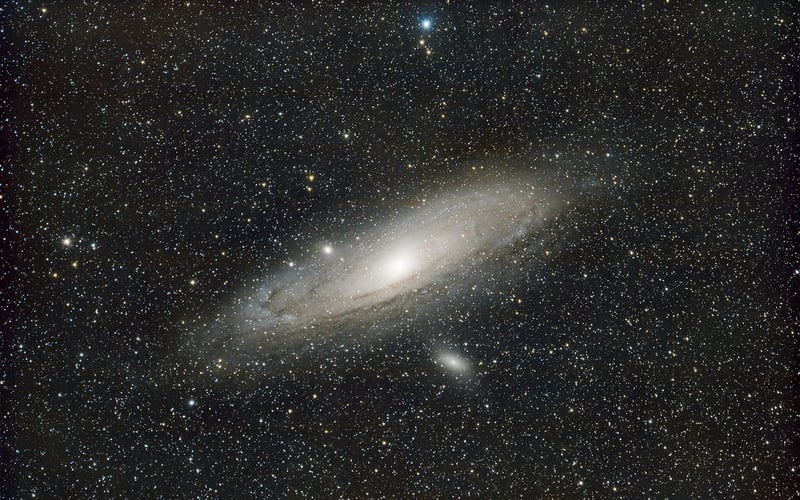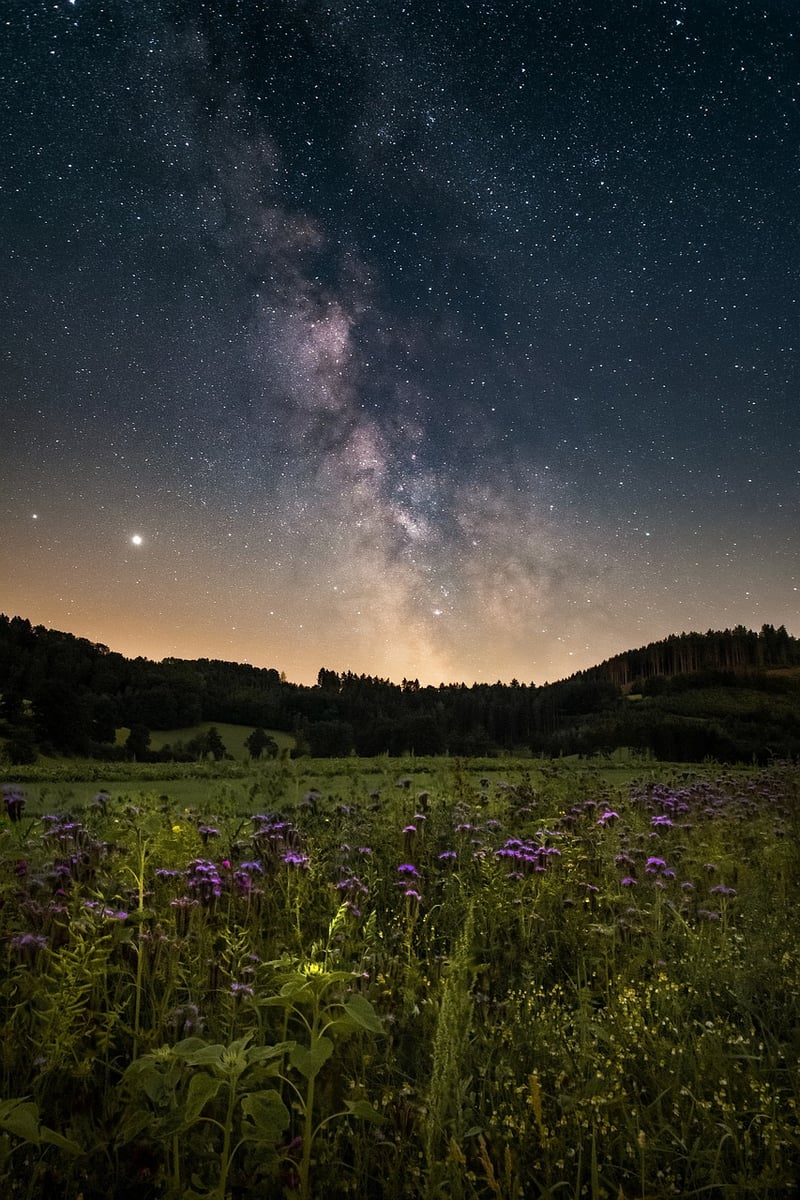Galactic Nebulae
Marvel at Celestial Phenomena: Galactic Nebulae
When we gaze up at the night sky, we are often captivated by the vastness and beauty of the universe. Among the many wonders that adorn the celestial canvas, one of the most mesmerizing sights is that of galactic nebulae. These cosmic clouds of gas and dust serve as stellar nurseries, where new stars are born and where the cycle of life in the universe continues.
What are Galactic Nebulae?
Galactic nebulae, also known as diffuse nebulae, are massive clouds of interstellar dust and gases such as hydrogen, helium, and other ionized gases. These nebulae are primarily found in the spiral arms of galaxies like our Milky Way and come in various shapes and sizes.
Types of Galactic Nebulae
There are several types of galactic nebulae, each with its unique characteristics:
- H II Regions: These nebulae are areas of ionized hydrogen gas, often associated with young, hot stars.
- Reflection Nebulae: These nebulae reflect the light of nearby stars, giving them a bluish appearance.
- Emission Nebulae: These nebulae emit light of their own, often due to the presence of ionized gases.
- Dark Nebulae: These nebulae appear dark as they obscure the light from objects behind them, such as stars.
Notable Galactic Nebulae
Among the many galactic nebulae in the universe, some stand out for their beauty and scientific importance. Here are a few notable examples:
- Orion Nebula (M42): Located in the Orion constellation, this is one of the brightest nebulae visible to the naked eye.
- Lagoon Nebula (M8): Situated in the constellation Sagittarius, this nebula is known for its distinctive shape and vibrant colors.
- Trifid Nebula (M20): This nebula in Sagittarius exhibits a unique combination of reflection, emission, and dark nebulae in one region.
Exploring Galactic Nebulae
Thanks to advancements in telescopes and space exploration, scientists and enthusiasts can delve deeper into the mysteries of galactic nebulae. Observing these cosmic wonders not only provides insights into the birth and evolution of stars but also offers a glimpse into the awe-inspiring beauty of the universe.
So, the next time you look up at the night sky, remember that beyond the twinkling stars lies a realm of galactic nebulae waiting to be discovered and admired.

Image source: Pixabay
